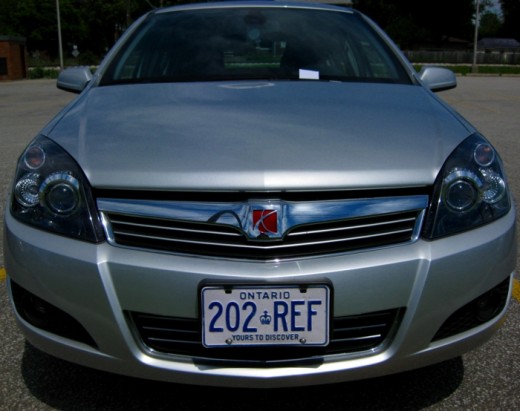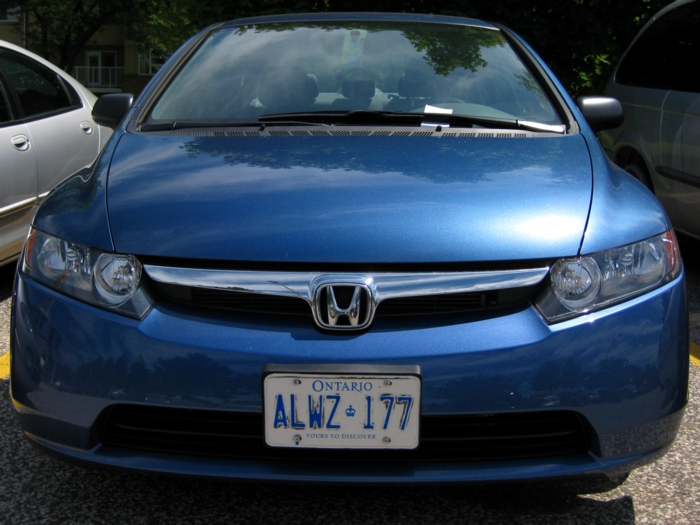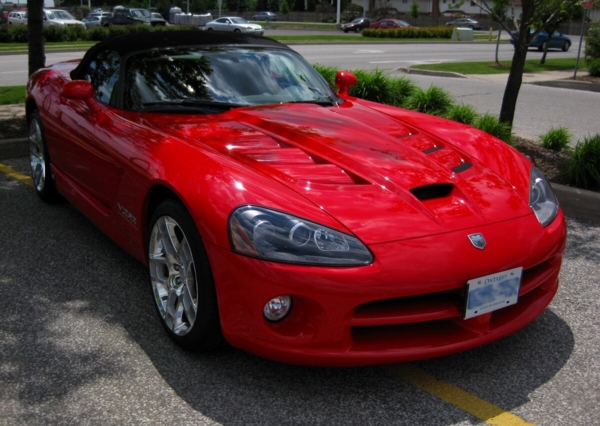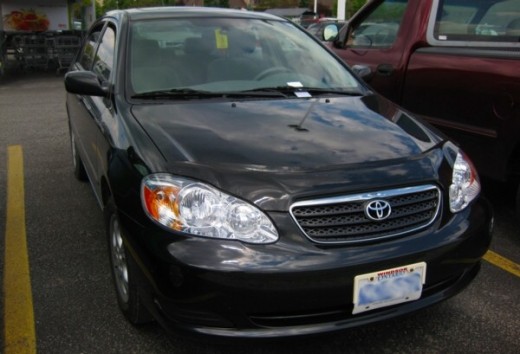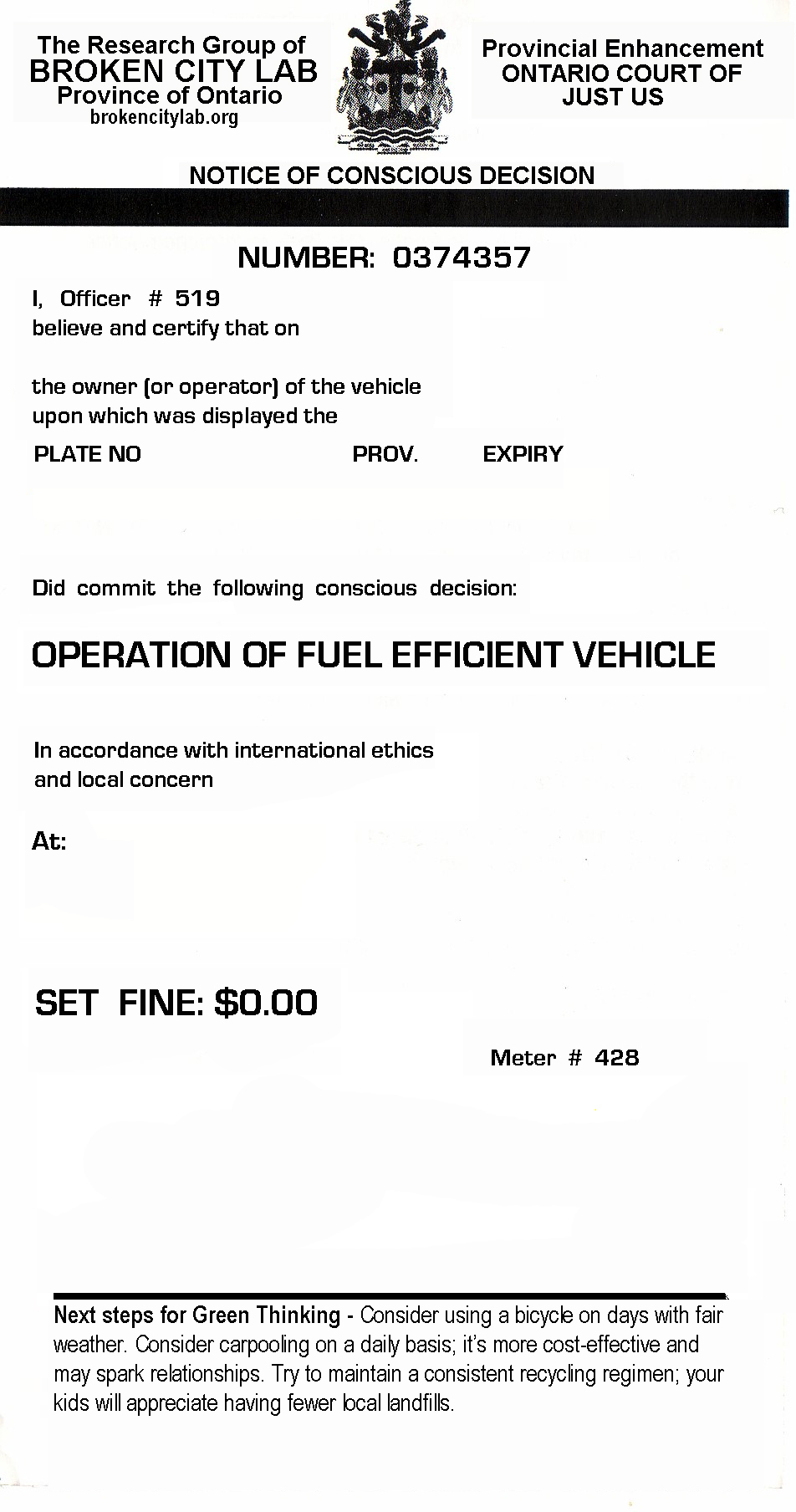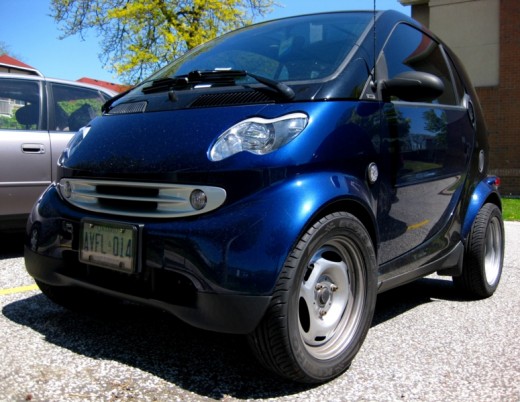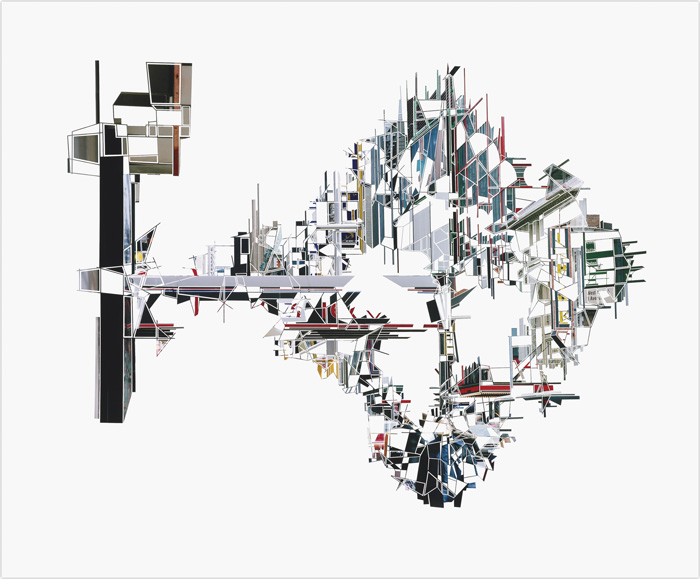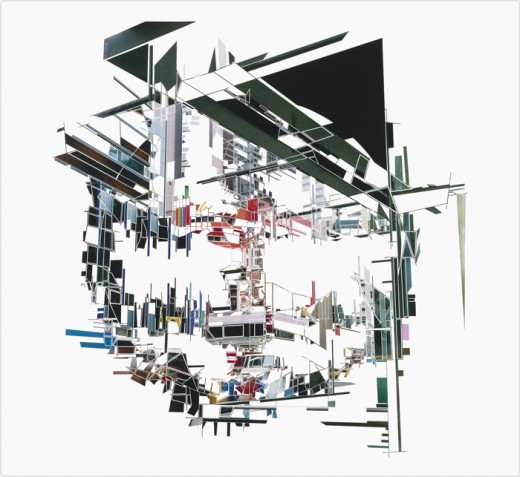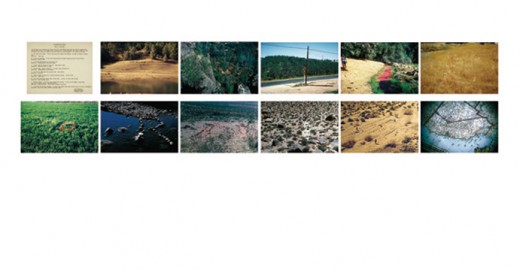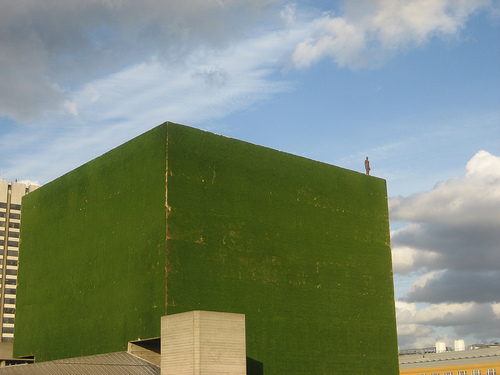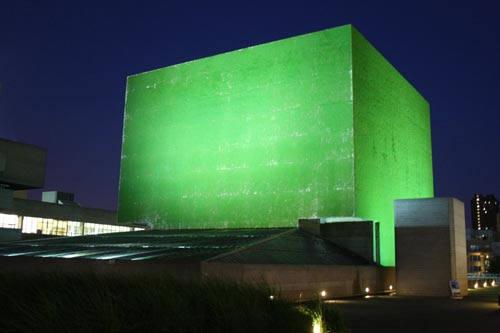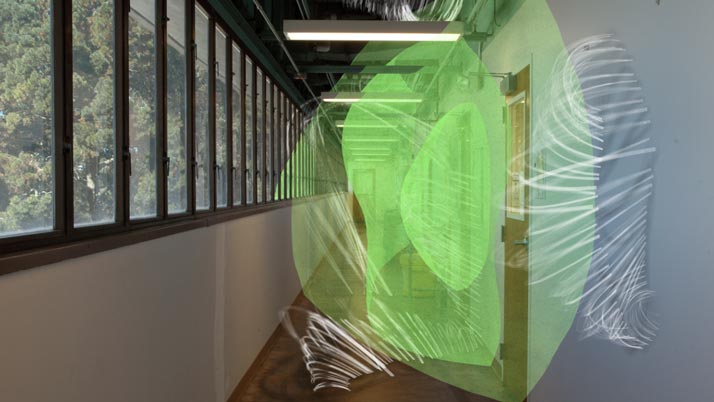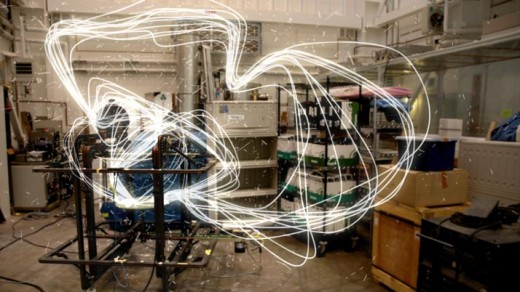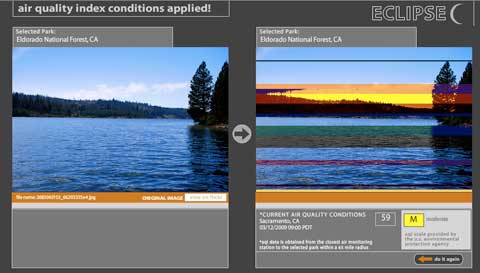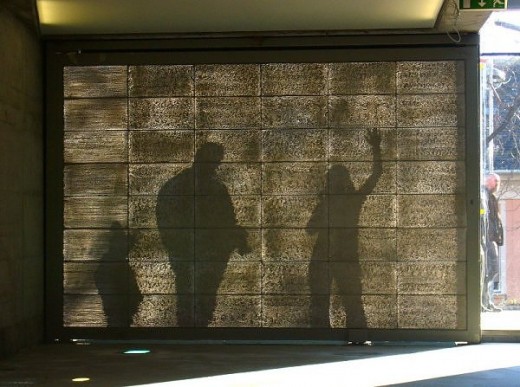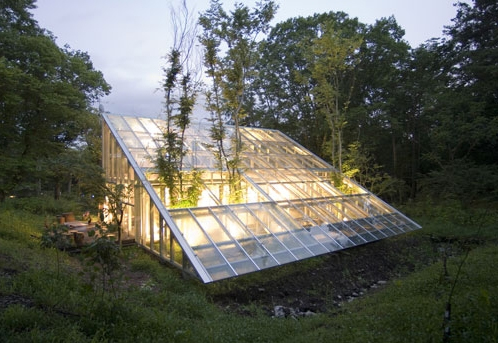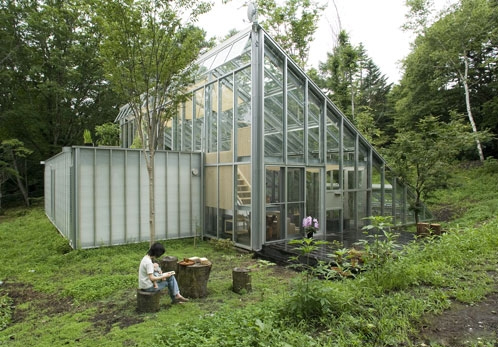
I’m not sure if anyone visiting this blog has seen this specific project, but from an ecological standpoint, this house seems quite easy on its surrounding flora and fauna. I also think it’s quite elegant and well designed. Compartments are integrated into the home for trees and surrounding soil doesn’t look like it’s been modified much. I’d imagine this type of structure would only be inhabitable in tropical-type regions. Nonetheless, where do I sign?
“This house by Hiroshi Iguchi is part of the Fifth World project which aims to promote eco friendly, sustainable architecture. The house takes natural elements and blends them all into the design of the interior. Warm, natural materials are used. Wood for the floors, light, traditional Japanese panels for compartments and white canvas to protect the interior from excessive heat. Even more, some of the trees were literally incorporated into the house, by letting them grow up to the sky in between the walls of the house.”
Continue reading “Greenhouse (House)”
